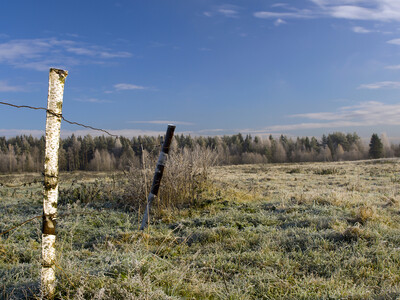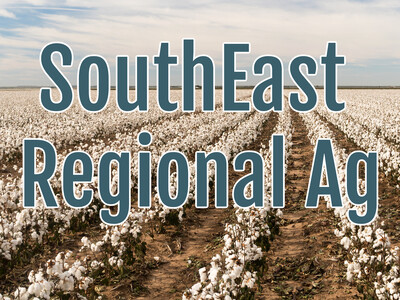5-11 NWR
Countless newspaper headlines say, no bees no food and with colony collapse disorder bearing down on the world bee population, it is of great importance to be aware. To that extent, Jay Vroom, president and CEO of CropLife America recently said the following: "For those of us who are engaged in the pesticide industry, we are in support of a commitment to research and attention to stewarding pesticides through reminding pesticide users to read and follow directions. It is going to require a continuous effort on the part of all of us."Protecting bees from pesticides just got easier with the release by Oregon State University of a smartphone app that farmers and beekeepers can use to consult a publication when they're out in the field.
Ramesh Sagili, an entomologist and Extension bee researcher in Oregon State University's College of Agricultural Sciences says farmers and beekeepers can now remotely consult the publication's pesticide tables on their phones or tablets. The popular guide lists 150 insecticides, fungicides, miticides, slug killers and growth disruptors—all of them now searchable by trade name or chemical name in the new app.
With Washington State University's Elson S. Floyd College of Medicine slated to open in Spokane in the fall of 2017, there are hopes that more doctors will reach the state's underserved rural areas.
In the same arena, State Sen. Alan Bates along with Oregon's rural hospitals have announced the inclusion of $10 million in the state's recent budget to fund projects designed to help ensure the sustainability of rural health care.














